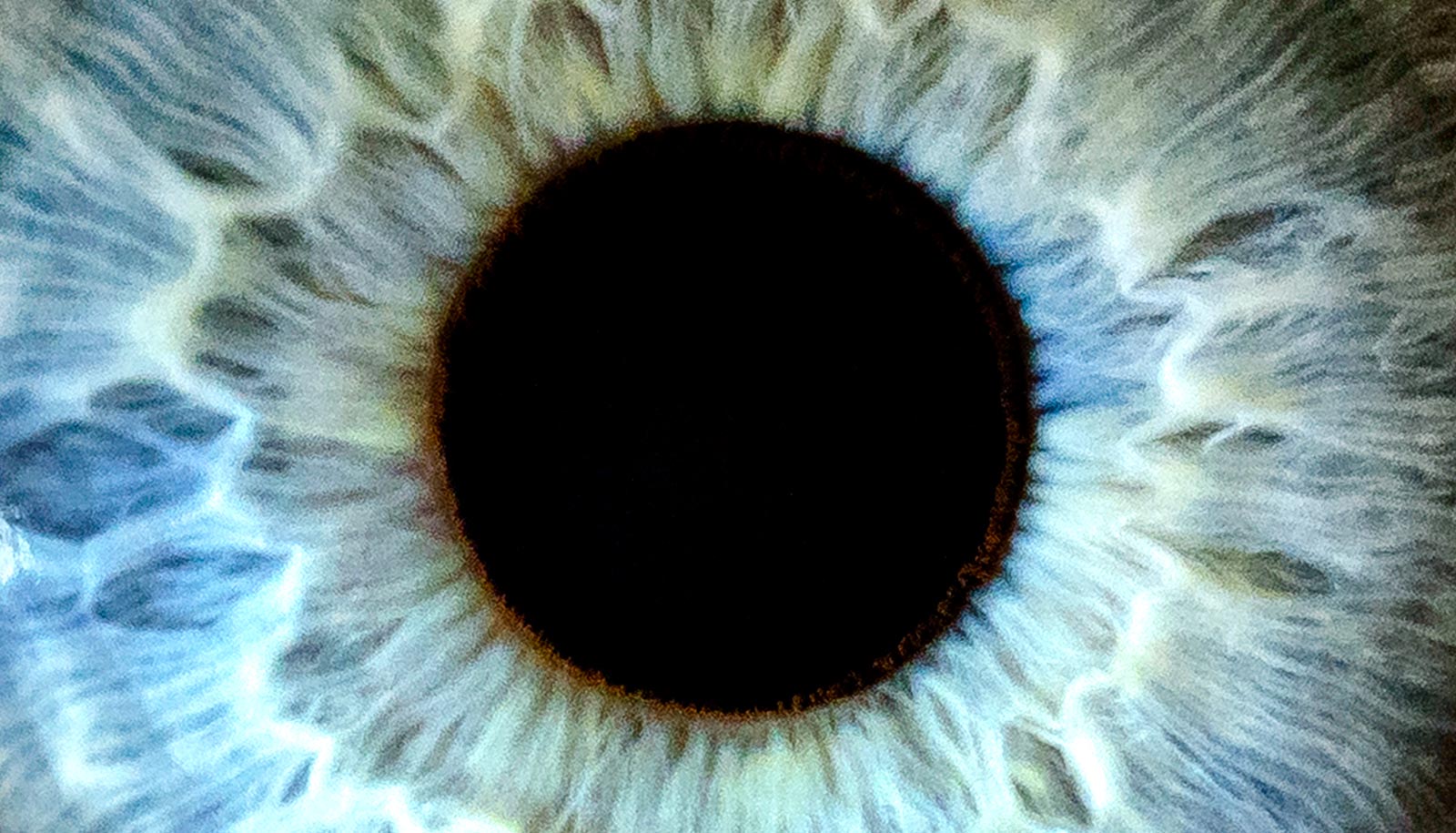New research offers hope for preventing age-related blindness.
Age-related macular degeneration (AMD) is a leading cause of irreversible vision loss in the United States. Despite existing treatments, the underlying causes of this disease and effective therapies remain elusive.
The new study in the journal Developmental Cell provides important insights into the cellular mechanisms behind AMD and offers potential avenues for new treatments.
“Current treatments for AMD have limited efficacy and often come with significant side effects,” says Ruchira Singh, with the University of Rochester Flaum Eye Institute and Center for Visual Sciences, and lead author of the study.
“Our research aims to identify novel therapeutic targets that could potentially halt the progression of this disease.”
The study used human stem cells to model AMD, overcoming the limitations of previous research using animal models. By examining genes associated with both AMD and rarer inherited forms of blindness called macular dystrophies, the researchers identified a key protein involved in the early stages of the disease.
The retinal pigment epithelium (RPE), a layer of cells at the back of the eye, plays a crucial role in AMD. Over time, deposits of lipids and proteins, known as drusen, accumulate in the RPE. These deposits are often an early indicator of AMD.
The researchers discovered that a protein called tissue inhibitor of metalloproteinases 3 (TIMP3) is overproduced in AMD. TIMP3 inhibits the activity of enzymes called matrix metalloproteinases (MMPs), which are essential for eye health. Impaired MMP activity leads to increase in another enzyme which promotes inflammation and the formation of drusen.
By using a small molecule inhibitor to block the activity of the enzyme associated with inflammation, the researchers were able to reduce drusen formation in their model, suggesting that targeting this pathway could be a promising strategy for preventing AMD.
“Cellular pathways involved in drusen formation are key drivers of AMD progression,” says Singh.
“If we can halt the accumulation of drusen, we may be able to prevent the disease from progressing to a stage where vision loss occurs. This research offers hope for developing new treatments that could significantly improve the lives of millions of people affected by AMD.”
Additional coauthors are from the University of Rochester, the National Eye Institute, the University of Melbourne, and the Cleveland Clinic.
Support for the research came from the National Eye Institute, ForeBatten Foundation, and Research to Prevent Blindness.
Source: University of Rochester



